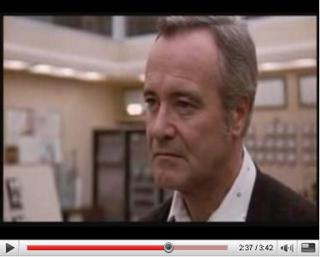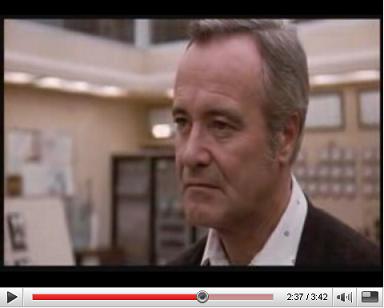The 1985 book, To Engineer is Human: The Role of Failure in Successful Design, is one of the most influential I’ve read.
I’m a huge fan of the author, Henry Petroski, the engineer and professor who at 70, is still going strong in his new book, To Forgive Design: Understanding Failure (I really need to restart writing books), reviewed in tomorrow’s New York Times.
“In May 1987 the Golden Gate Bridge had a 50th birthday party. The bridge was closed to automobile traffic so people could enjoy a walk across the spectacular span.
“Organizers expected perhaps 50,000 pedestrians to show up. Instead, by some estimates, as many as 800,000 thronged the bridge approaches. By the time 250,000 were on the bridge  engineers noticed something ominous: the roadway was flattening under what turned out to be the heaviest load it had ever been asked to carry. Worse, it was beginning to sway.
engineers noticed something ominous: the roadway was flattening under what turned out to be the heaviest load it had ever been asked to carry. Worse, it was beginning to sway.
“Though crowds of people do not generally walk in step, if the bridge beneath them begins to move sideways — for whatever reason — the people on it instinctively tend to fall into step the better to keep their balance,” Henry Petroski writes. “This in turn exacerbates the sideways motion of the structure, and a positive feedback loop is developed,” making matters worse and worse.
“This time disaster was averted. The authorities closed access to the bridge and tens of thousands of people, caught in pedestrian gridlock, made their way back to land, a process that for some took hours.
“The story is one of scores in “To Forgive Design: Understanding Failure,” a book that is at once an absorbing love letter to engineering and a paean to its breakdowns.
“Dr. Petroski writes, “no matter what the technology is, our best estimates of its success tend to be overly optimistic.”
“Failure is what drives the field forward.
Sometimes devices fail because they are subjected to unexpected stress, like the Golden Gate under the weight of all those people, who collectively applied far more stress than the ordinary automobile traffic the bridge was supposed to carry.
“Then there are the insulating O rings on the booster that launched the Challenger, which stiffened on an unusually cold morning in Cape Canaveral, Fla. Engineers alarmed by this issue recommended that the launch be postponed; managers overruled them.
"After the 1907 collapse of a bridge under construction in Quebec, engineers in Canada instituted a ceremony by which new graduates entering the profession received iron rings meant to remind them of their responsibilities. A variation of this practice is spreading in the United States, even as this country struggles to enhance its engineering success in the world economy."
Which would explain when I ask would-be engineers from around the world about their iron-ring, they look at me funny. In Canada, engineers proudly wear their iron rings on their pinky. That’s how you know they’re engineers.
Food safety has enough failures. Learn from failure.


 before, it struck many people as reckless.
before, it struck many people as reckless.  “On the oil rig and in the Guam control tower, the operators were annoyed by false alarms, which sometimes went off in the middle of the night. At the refinery and the reactor, the operators simply did not believe that the alarms would tell them anything very important.
“On the oil rig and in the Guam control tower, the operators were annoyed by false alarms, which sometimes went off in the middle of the night. At the refinery and the reactor, the operators simply did not believe that the alarms would tell them anything very important.  100 engineering undergrads twice a year.
100 engineering undergrads twice a year.